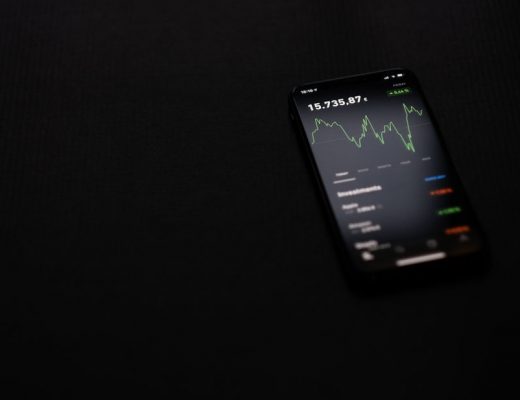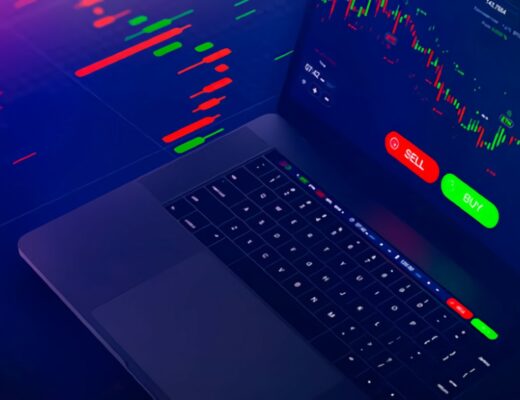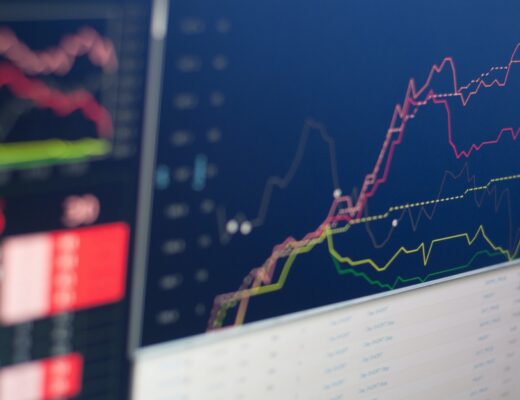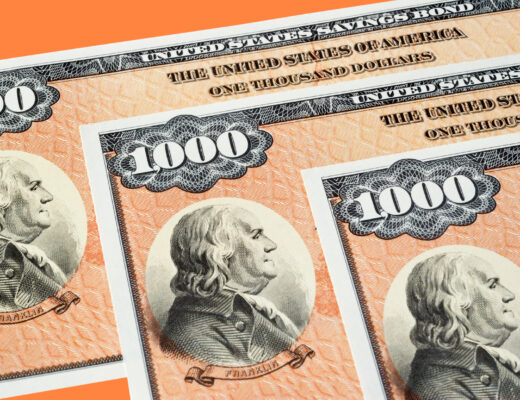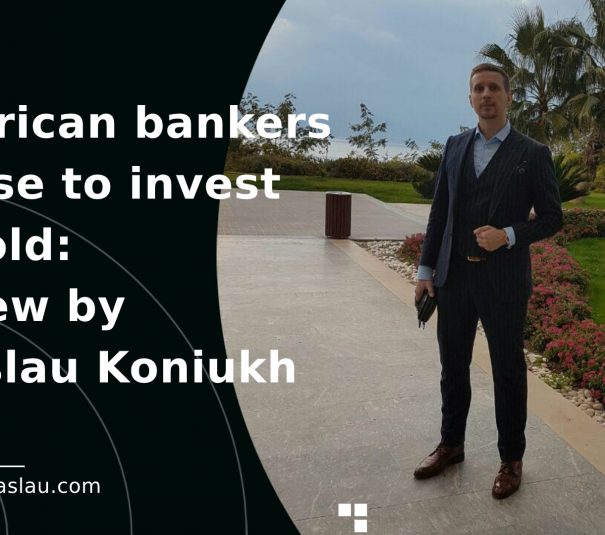The risk-free interest rate and its features
A risk-free interest rate is paid on a financial instrument whose probability of default has been reduced to zero. It is important to note, however, that there are no risk-free investments in the marketplace, all of which have the potential to cause losses to a greater or lesser extent. However, there are a number of instruments that minimise the possibility of investment losses and can therefore be considered risk-free. These are primarily government bonds. Consequently, the interest rate on such instruments appears to be risk-free. It can be either fixed or variable. It all depends on the terms of the contract.
Significantly, the risk of default on such assets is minimal, while all other risks may be present. These include a change in the interest rate, which affects the instrument and its stability. In addition, situations may arise where the ability to sell the asset becomes blocked for a certain period. This increases the liquidity risk, which affects the investor’s income. However, an instrument that pays a risk-free rate has such a low probability of default that it does not have a significant impact on the investor’s wealth.
How to use risk-free interest rate
The best way to protect your investment is through government bonds, of which US Treasury bonds are the least risky. However, it is important to realise that an investor cannot achieve high returns by choosing a risk-free financial instrument. Your choice of investment should be in line with your objectives – for example, the possibility of a profit or a low but stable rate of interest.
The risk-free interest rate is used to analyse the minimum return on the investment. If the return on the investment is lower than the rate, then participation in the project is not considered worthwhile. In this case, the risks of such investments will be higher than those of risk-free investments.
The risk-free rate calculates the expected rate of return. To do so, its figure is added to the risk premium. The latter takes into account various factors that increase the probability of loss, including technical, industry and other risks.
The basis for an evaluation of risk-free rates is the yields on various financial instruments:
– bank deposits;
– government bonds;
– interbank loans.
In some cases, the risk-free rate may be the return on bank deposits. This option is considered the easiest to evaluate. It is based on the interest rates offered by financial institutions with a high degree of reliability. The size of the banks’ assets is also analysed. There is an assumption that the interest rates here are a minimal risk to the client.



